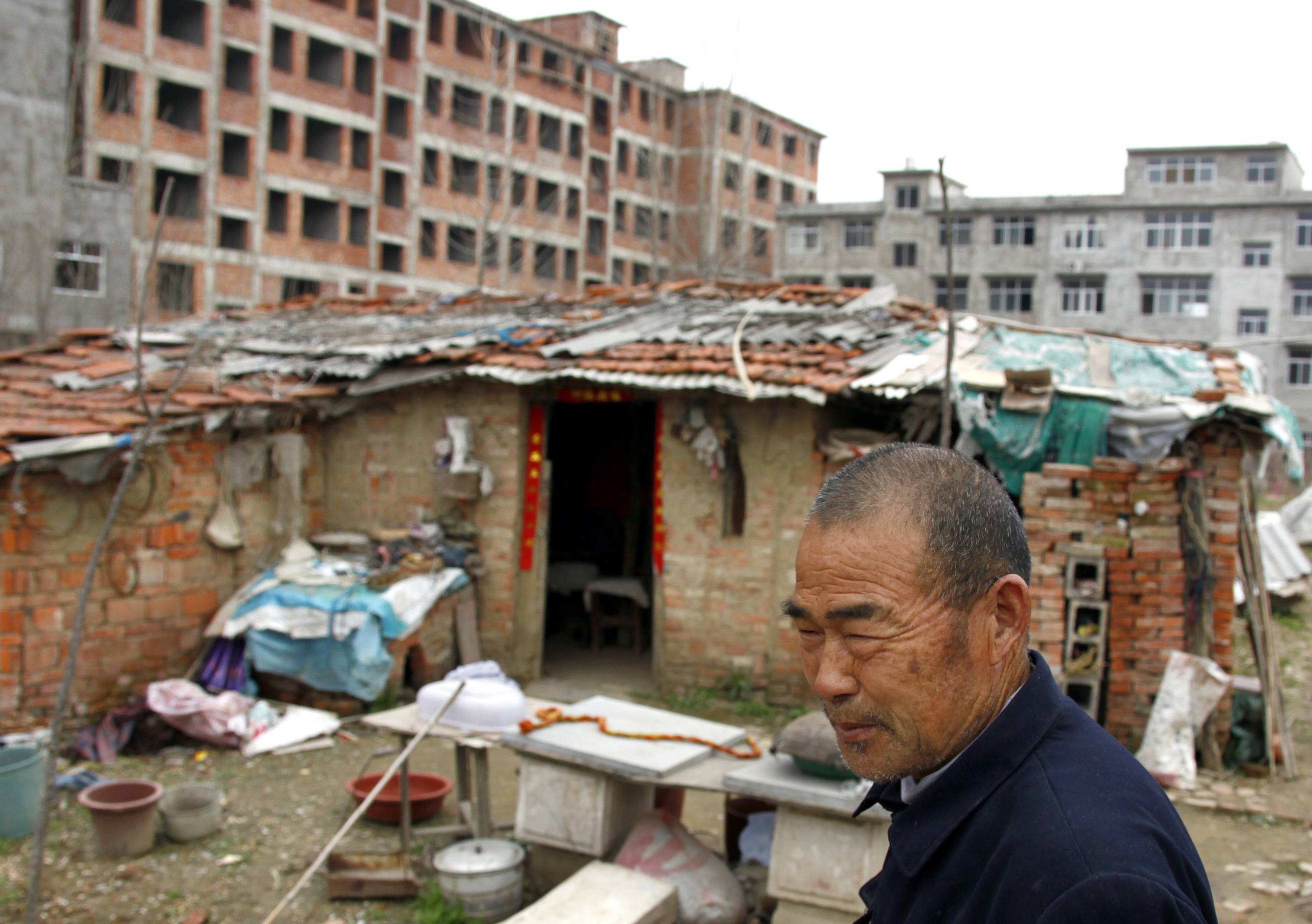Economic reporting about China focuses far too much on total GDP and not enough on per capita GDP, which is the more revealing indicator. And this skewed coverage has important implications, because the two indicators paint significantly different pictures of China’s current economic and political situation. They also focus our attention on different issues.
A quick search through all English-language news outlets in the ProQuest database for the ten-year period from 2011-21 shows that 20,915 articles discussed China’s GDP, whereas only 1,163 mentioned its GDP per capita. The difference was proportionally even larger among the eight largest and most elite papers, including the New York Times, Wall Street Journal, and Washington Post, where 5,963 articles referred to Chinese GDP and only 305 discussed the per capita measure.
In 2019, China’s GDP (measured at market exchange rates) of $14 trillion was the world’s second largest, after that of the United States ($21 trillion), with Japan ($5 trillion) in third place. Aggregate GDP reflects the total resources — including the tax base — available to a government. This is helpful for thinking about the size of China’s public investments, such as in its space program or military capacity. But it has much less bearing on Chinese people’s everyday lives.


















With your current subscription plan you can comment on stories. However, before writing your first comment, please create a display name in the Profile section of your subscriber account page.